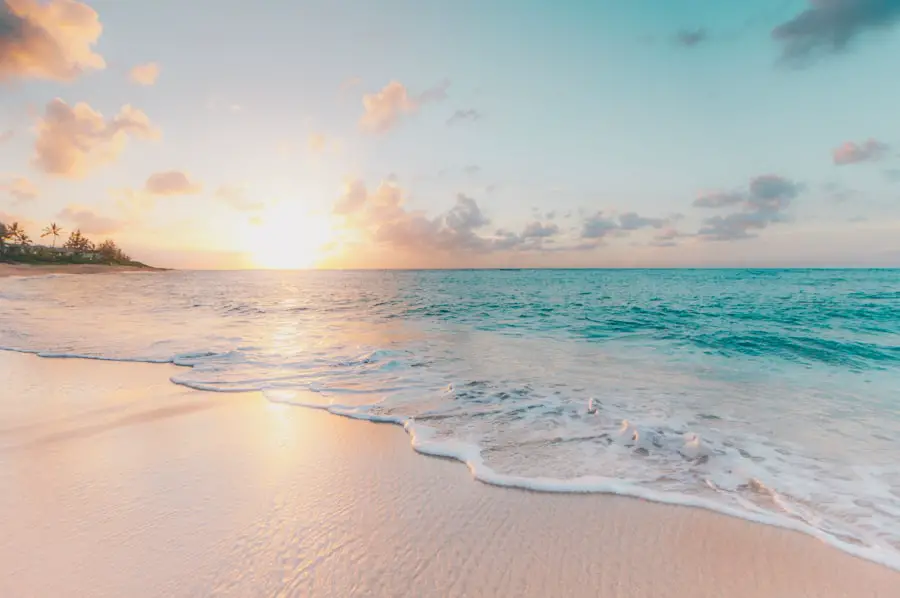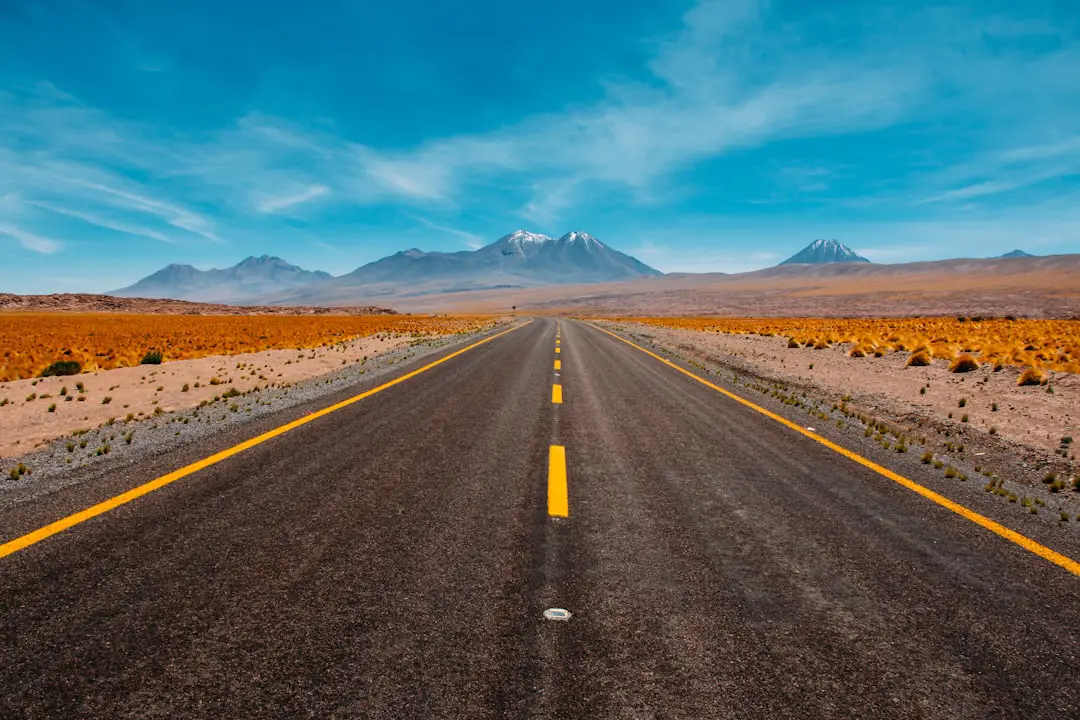Spring in Italy is a season that bursts forth with life, color, and a palpable sense of renewal. As the chill of winter recedes, the landscapes transform into vibrant tapestries of blooming flowers and lush greenery. Cities like Florence and Rome come alive with outdoor activities, making it an ideal time for sightseeing.
The mild temperatures, typically ranging from 15°C to 25°C (59°F to 77°F), create a comfortable environment for exploring historical sites without the oppressive heat of summer. Visitors can stroll through the iconic streets of Venice, where the canals glisten under the sun, or wander through the picturesque gardens of Villa Borghese in Rome, where cherry blossoms paint the scenery in delicate pink hues. Moreover, spring is a time for numerous festivals that celebrate local culture and traditions.
The famous Scoppio del Carro (Explosion of the Cart) in Florence, held on Easter Sunday, is a spectacular event that showcases a cart filled with fireworks being ignited to ensure a good harvest. This event not only draws locals but also tourists eager to witness this unique tradition. Additionally, the blooming of the wisteria in towns like Bomarzo and the vibrant flower festivals in towns such as Spello offer visitors a chance to immerse themselves in Italy’s rich cultural tapestry while enjoying the great outdoors.
Hiking enthusiasts can take advantage of the pleasant weather to explore trails in regions like Cinque Terre or the Amalfi Coast, where breathtaking views await at every turn.
Key Takeaways
- Spring is the perfect time for sightseeing and outdoor activities in Italy, with mild weather and blooming landscapes.
- Summer in Italy means enjoying the beaches and festivals, with plenty of opportunities for sunbathing and cultural experiences.
- Fall in Italy offers the chance to experience the harvest season and cultural festivities, with delicious food and wine to enjoy.
- Winter in Italy is all about embracing the holiday spirit and skiing in the Italian Alps, with picturesque snow-covered landscapes.
- Off-peak travel allows for exploring Italy with smaller crowds and lower prices, making it an ideal time for budget-conscious travelers.
Summer: Enjoying the Beaches and Festivals in Italy
As summer descends upon Italy, the country transforms into a sun-soaked paradise, drawing millions of tourists to its stunning coastlines and vibrant festivals. The beaches along the Amalfi Coast, such as Positano and Ravello, become bustling hubs of activity where sunbathers lounge on golden sands and families enjoy the warm Mediterranean waters. The summer months see temperatures soar, often exceeding 30°C (86°F), making it essential for visitors to stay hydrated and seek shade during peak hours.
Coastal towns come alive with beach clubs offering sunbeds, umbrellas, and refreshing cocktails, creating an atmosphere of relaxation and leisure. In addition to beach activities, summer is synonymous with a plethora of festivals that celebrate Italy’s rich cultural heritage. The Palio di Siena, held twice each summer in July and August, is a thrilling horse race that captivates both locals and tourists alike.
The event is steeped in history and tradition, with each contrada (neighborhood) fiercely competing for glory. Visitors can immerse themselves in the festive atmosphere, enjoying traditional food stalls and live music that fill the streets leading up to the race. Furthermore, summer evenings are perfect for indulging in outdoor dining experiences, where al fresco restaurants serve up regional specialties paired with local wines under a starlit sky.
Fall: Experience the Harvest Season and Cultural Festivities

As summer fades into autumn, Italy dons a new cloak of colors—golden yellows, deep reds, and earthy browns dominate the landscape. Fall is a time of harvest, and regions like Tuscany and Umbria celebrate this bounty with numerous food festivals that highlight local produce. The grape harvest in September marks the beginning of wine festivals across the country, where visitors can partake in tastings and vineyard tours.
The Chianti region becomes particularly lively during this time, as wineries open their doors for visitors to sample exquisite wines paired with traditional Tuscan cuisine. In addition to wine festivals, fall is also marked by truffle hunting events, especially in regions like Piedmont and Umbria. The International White Truffle Fair held in Alba attracts food enthusiasts from around the globe who come to savor dishes featuring this prized delicacy.
Visitors can join guided truffle hunts led by experienced hunters and their trained dogs, gaining insight into this ancient practice while enjoying the stunning autumnal landscapes. Cultural festivities abound as well; towns across Italy host celebrations that showcase local crafts, music, and dance, allowing travelers to experience authentic Italian culture while enjoying the crisp autumn air.
Winter: Embracing the Holiday Spirit and Skiing in the Italian Alps
| Aspect | Details |
|---|---|
| Location | Italian Alps |
| Activities | Skiing, snowboarding, snowshoeing, sledding, ice skating |
| Weather | Cold temperatures, snowfall |
| Accommodation | Hotels, chalets, lodges |
| Attractions | Christmas markets, holiday festivals, scenic views |
| Cuisine | Traditional Italian dishes, festive holiday meals |
Winter in Italy offers a unique blend of holiday cheer and outdoor adventure. As December approaches, cities like Rome and Milan are adorned with twinkling lights and festive decorations that create a magical atmosphere. Christmas markets spring up across the country, featuring artisanal crafts, delicious seasonal treats like panettone and roasted chestnuts, and mulled wine that warms both body and spirit.
The Piazza Navona in Rome transforms into a winter wonderland where families gather to enjoy ice skating and festive performances. For those seeking adventure beyond the holiday festivities, the Italian Alps provide an exhilarating escape for skiing enthusiasts. Renowned ski resorts such as Cortina d’Ampezzo and Val Gardena offer pristine slopes catering to all skill levels.
With breathtaking mountain views and well-groomed trails, skiers can enjoy exhilarating descents during the day before retreating to cozy lodges for après-ski relaxation. Winter sports enthusiasts can also partake in snowshoeing or ice climbing adventures that showcase the stunning alpine landscape. The combination of festive cheer in urban centers and thrilling outdoor activities in the mountains makes winter an enchanting time to experience Italy.
Off-peak Travel: Exploring Italy with Smaller Crowds and Lower Prices
Traveling during off-peak seasons presents an opportunity for visitors to explore Italy without the throngs of tourists that characterize peak times. Late fall and early spring are particularly advantageous for those seeking a more intimate experience with Italy’s rich history and culture. During these months, popular attractions such as the Colosseum or the Uffizi Gallery are less crowded, allowing for leisurely exploration without long lines or overwhelming crowds.
This tranquility enhances the experience of visiting iconic sites, enabling travelers to appreciate their beauty fully. Additionally, off-peak travel often translates into significant savings on accommodations and flights. Many hotels offer discounted rates during these quieter months to attract visitors, making it possible to stay in prime locations at a fraction of the cost.
Restaurants also tend to have more flexible seating arrangements, allowing diners to enjoy authentic Italian cuisine without waiting for a table. This period is ideal for those who wish to engage more deeply with local culture—visitors can attend smaller community events or workshops that provide insight into traditional crafts or culinary practices that might be overlooked during busier times.
Shoulder Seasons: Making the Most of Mild Weather and Fewer Tourists

The shoulder seasons—spring and fall—are often regarded as some of the best times to visit Italy due to their mild weather conditions and reduced tourist traffic. During these transitional periods, temperatures are generally comfortable, ranging from 15°C to 25°C (59°F to 77°F), making it pleasant for outdoor activities such as hiking or exploring historic towns. The landscapes are particularly stunning during these times; spring brings blooming flowers while fall showcases vibrant foliage that enhances Italy’s already picturesque scenery.
Traveling during shoulder seasons also allows visitors to experience local life more authentically. With fewer tourists around, travelers can engage more meaningfully with locals who are often more willing to share their stories and recommendations. This is especially true in smaller towns where community events may be taking place—such as harvest festivals or art exhibitions—providing an opportunity to connect with Italian culture on a deeper level.
Additionally, many attractions offer extended hours or special events during these times, allowing visitors to take full advantage of their trip without feeling rushed.
Peak Tourist Season: Navigating the Crowds and Making Advance Reservations
The peak tourist season in Italy typically spans from June through August when travelers flock to popular destinations such as Rome, Florence, Venice, and coastal areas like Amalfi. While this period offers vibrant energy and numerous events, it also comes with challenges such as crowded attractions and inflated prices for accommodations. To navigate these crowds effectively, advance planning becomes essential; booking tickets for major attractions online can save time spent waiting in long lines.
Moreover, dining reservations become crucial during peak season as popular restaurants fill up quickly. Many establishments offer online booking options that allow travelers to secure tables ahead of time—this is particularly important for renowned eateries known for their regional specialties. Additionally, exploring lesser-known attractions or visiting popular sites during off-peak hours can enhance the experience; early mornings or late afternoons often provide a quieter atmosphere for appreciating art or architecture without feeling rushed.
Considerations for Specific Regions: Understanding the Varied Climates and Attractions across Italy
Italy’s diverse geography results in varied climates across its regions, each offering unique attractions that cater to different interests throughout the year. For instance, while coastal areas like Sicily enjoy mild winters ideal for exploring archaeological sites such as Valley of the Temples or relaxing on beaches even in December, northern regions like Trentino-Alto Adige experience heavy snowfall that attracts winter sports enthusiasts. In Tuscany, spring is particularly enchanting as rolling hills come alive with wildflowers; however, summer can be sweltering—making fall an excellent alternative for wine lovers eager to participate in grape harvests at local vineyards.
Meanwhile, cities like Venice may be best visited during shoulder seasons when flooding is less likely than during peak summer months when high tides can disrupt travel plans. Understanding these regional nuances allows travelers to tailor their itineraries according to their preferences while maximizing their enjoyment of Italy’s rich cultural heritage and natural beauty throughout all seasons.
FAQs
What is the best time to travel to Italy?
The best time to travel to Italy is during the spring (April to June) and fall (September to October) when the weather is mild and the tourist crowds are smaller.
What is the weather like in Italy during the best time to travel?
During the spring and fall, the weather in Italy is mild with temperatures ranging from 60°F to 70°F. There is also less rainfall during these seasons.
Are there any specific events or festivals to consider when planning a trip to Italy?
Italy hosts various events and festivals throughout the year, but some notable ones during the best time to travel include the Venice Carnival in February, the Infiorata flower festival in May, and the grape harvest festivals in September.
What are the tourist crowds like during the best time to travel to Italy?
During the spring and fall, tourist crowds are smaller compared to the peak summer months, making it a more enjoyable time to visit popular attractions and landmarks.
Are there any specific regions in Italy that are best to visit during the recommended travel times?
During the spring and fall, regions such as Tuscany, the Amalfi Coast, and the Italian Riviera are particularly beautiful and enjoyable to visit due to the mild weather and fewer tourists.
